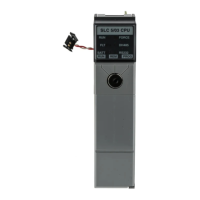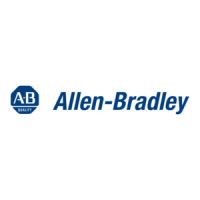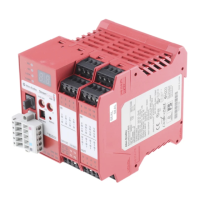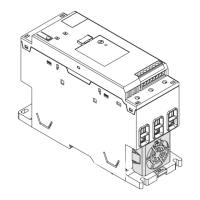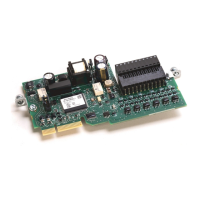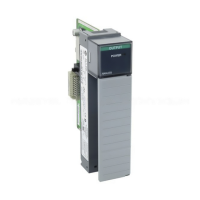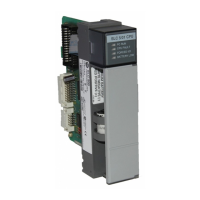Publication
1747-6.2
You can find the following terms used throughout this manual.
Auto Answer — Type of modem that has self-contained timeouts
and tests. They can answer and hang the phone up automatically.
Backplane Current Draw — The amount of current the module
requires from the backplane. The sum of the backplane current draw
for all modules in a chassis is used to select the appropriate chassis
power supply.
Baud Rate — The speed of communication between devices on a
network. All devices must communicate at the same baud rate. For
example, the DH-485 network devices default to 19,200 baud.
Calculated Watts — The amount of heat generated by those points
energized on an I/O module.
Channel — Communication port on a module.
Chassis — A hardware assembly that houses devices such as I/O
modules, adapter modules, processor modules, and power supplies.
Continuous Current Per Module — The maximum current for
each module. The sum of the output current for each point should
not exceed this value.
Continuous Current Per Point — The maximum current each
output is designed to continuously supply to a load.
CPU — Central Processing Unit or processor.
DF1 protocol — A peer-to-peer link-layer protocol that combines
features of ANSI X3.28-1976 specification subcategories D1 (data
transparency) and F1 (two-way simultaneous transmission with
embedded responses).
Direct Connect — type of modem that is connected to a dedicated,
leased phone line and is active at all times.
DH+ — Data Highway Plus implements peer-to-peer
communication with a token-passing scheme to rotate link
mastership among the nodes connected to that link. Data Highway
Plus has the capability for online programming and is optimized for
networks with fewer nodes (Data Highway Plus supports up to 64
nodes).
AB PLCs
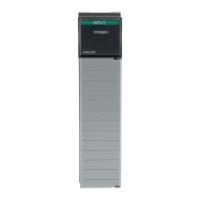
